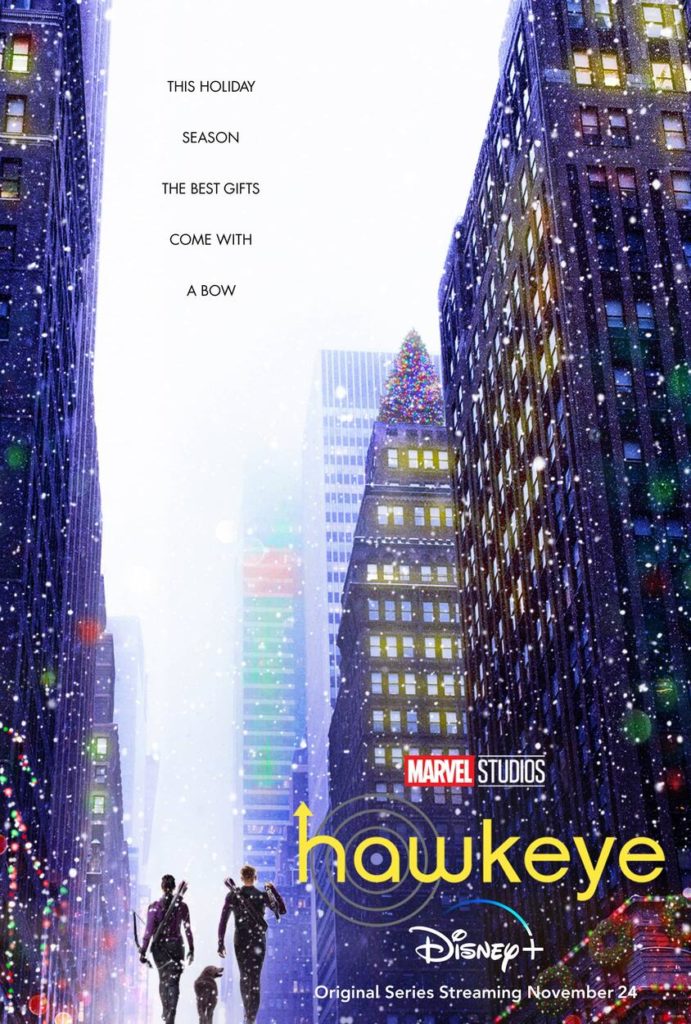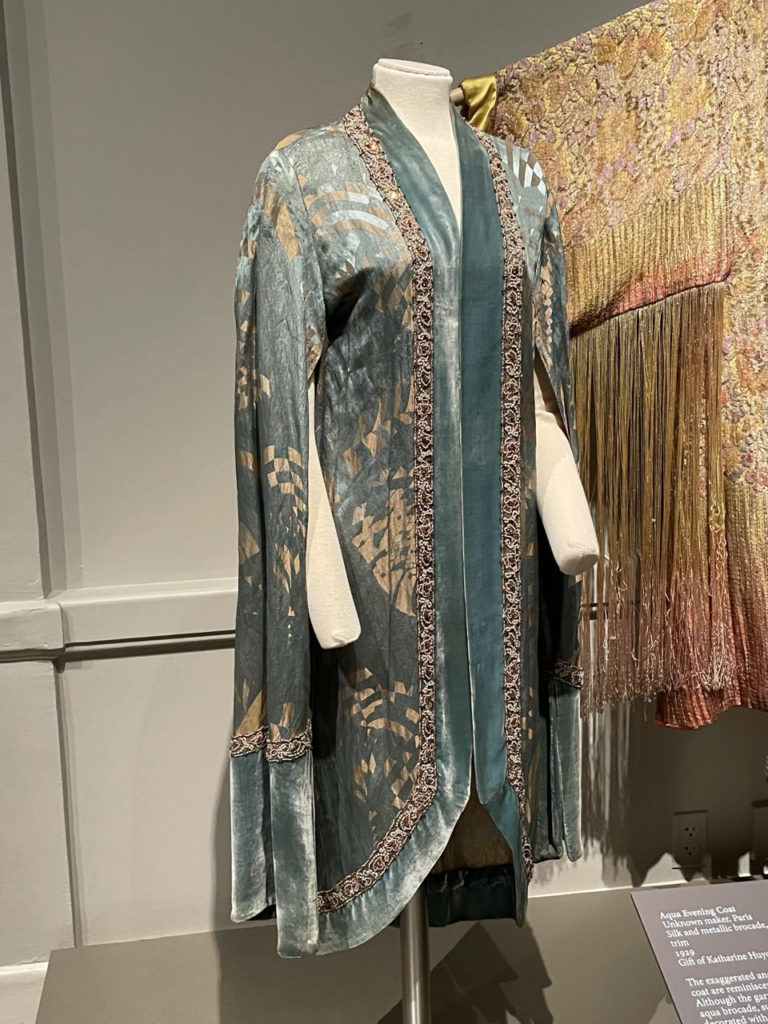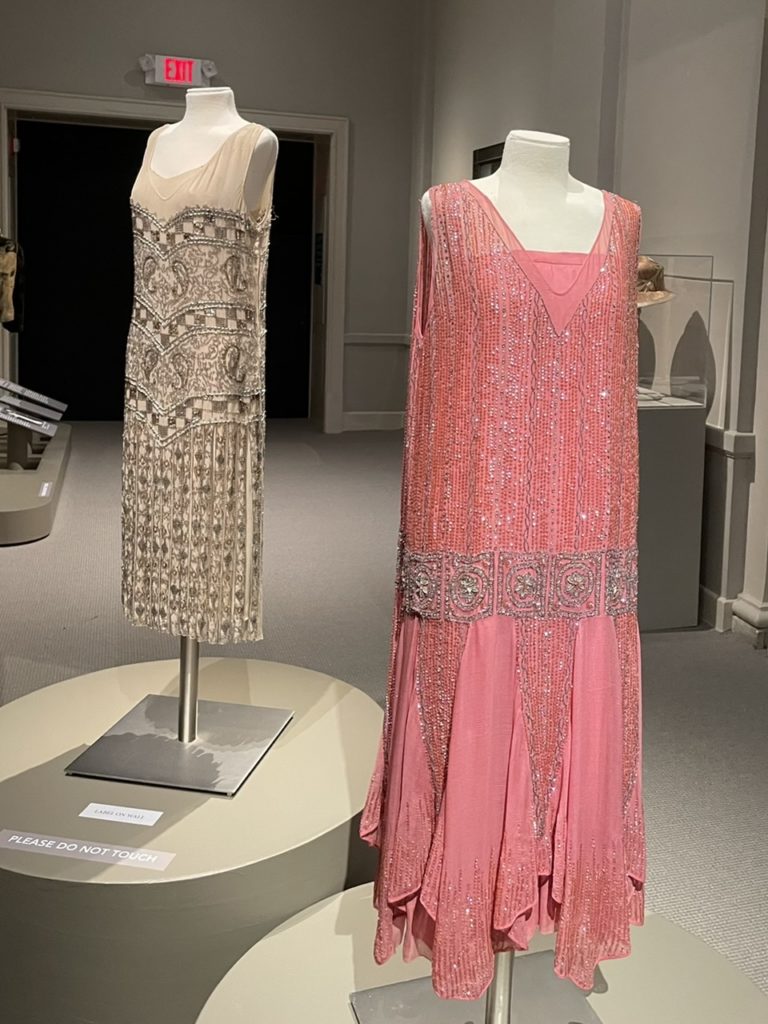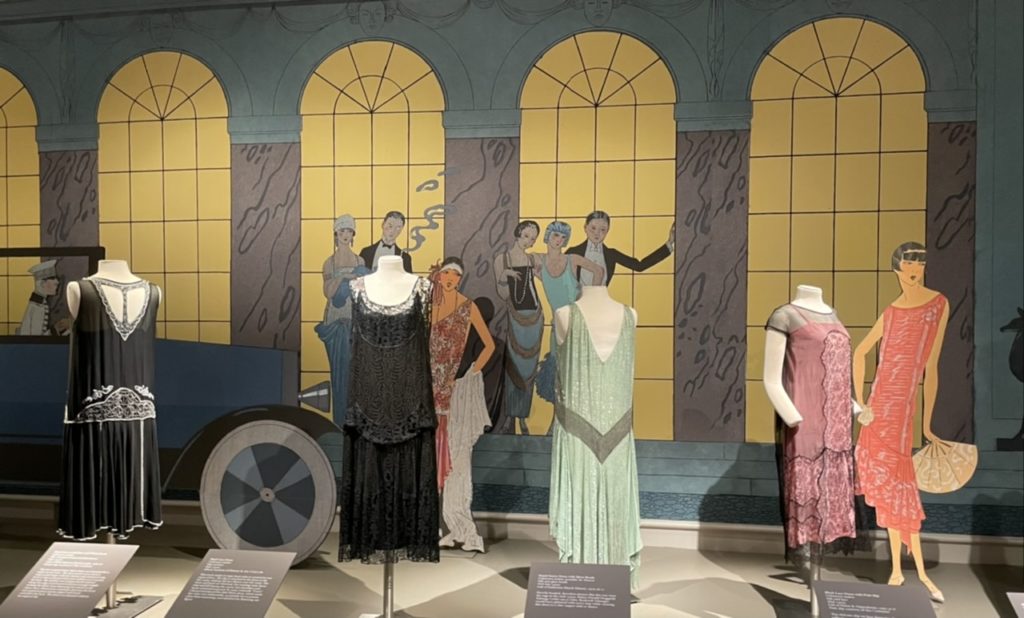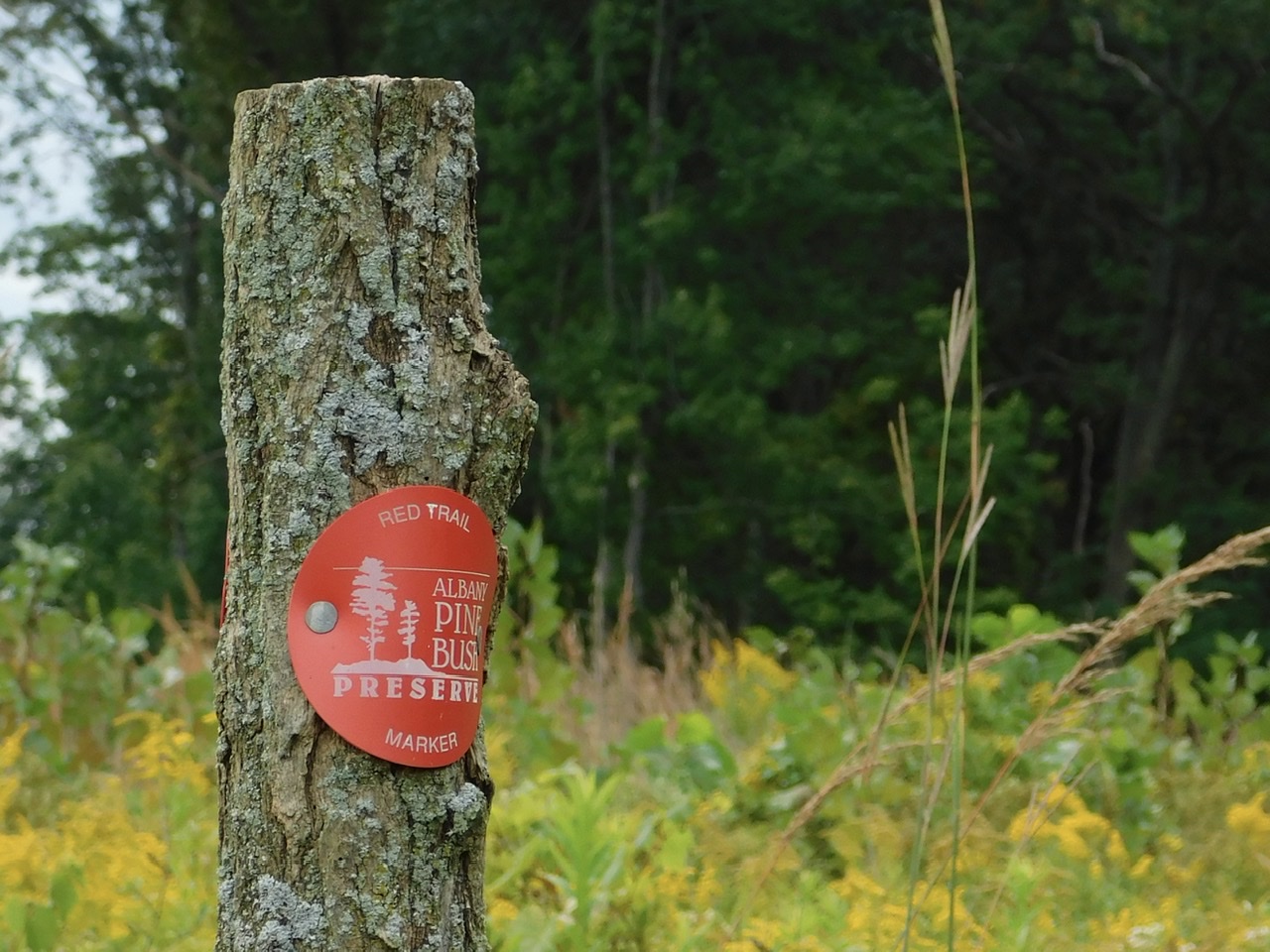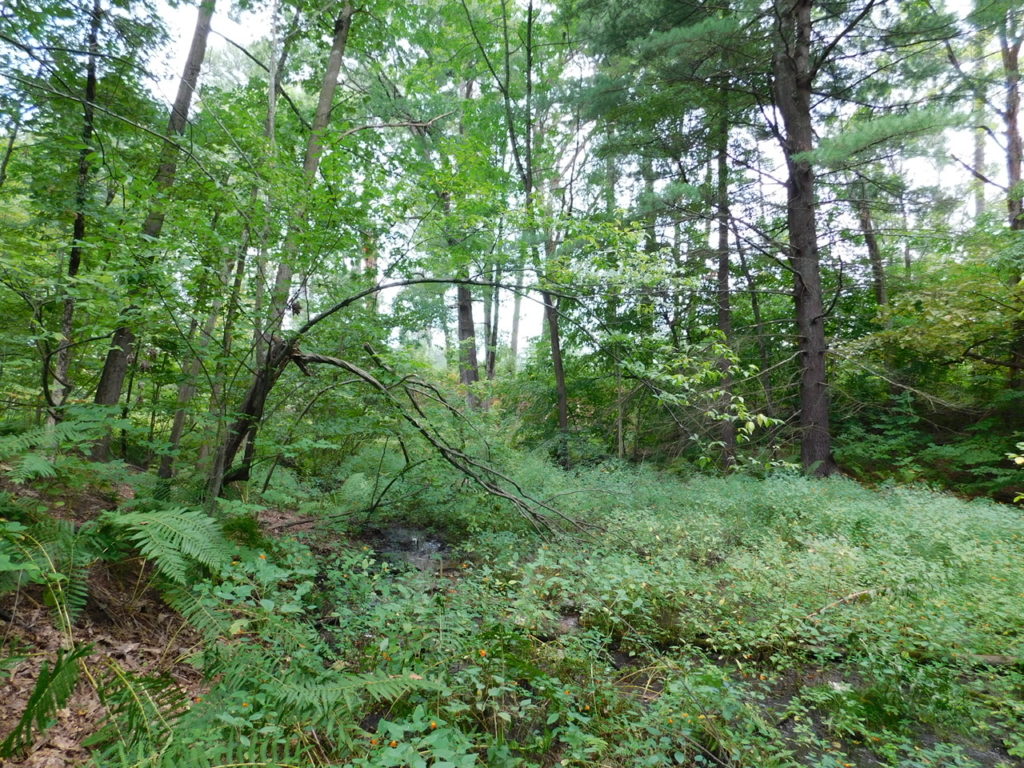Coming this Holiday season:
Art and Design of the New York Central Railroad
The other fab Jazz Age exhibit at the Albany Institute of History and Art is Romancing the Rails: Train Travel in the 1920s and 1930s, which focuses on the New York Central Railroad.
It’s cool to see the original paintings for some of their now classic advertising posters. There’s also a lot of items from industrial designer Henry Dreyfuss’s work on the 20th Century Limited, “The Most Famous Train in the World.” Dreyfuss designed everything from the streamlined locomotives to the dinner plates.
Romancing the Rails is on display through February 2022.



Featured image: Observation Car design for the 20th Century Limited by Henry Dreyfuss, gouache on paper, 1938.
Jazz Age Adventurers: Fashion Edition
At the Albany Institute of History and Art: Fashionable Frocks of the 1920s showcases the adventurous dresses of the Jazz Age.

Featured image: Silk dress with flower, worn by former Girl Driver of Hospital Truck, D.T.A. Cogswell.
Rapp Barrens & Six Mile Waterworks
DNA Study of Birds, Extinction, and Demography
This paper by Smith, Gehara, and Harvey was released earlier this year (currently behind a paywall): The demography of extinction in eastern North American birds. Supplementary material can be viewed here. The DNA study included passenger pigeon and four other extinct bird species.
From the abstract:
We found extinct species harboured lower genetic diversity and effective population sizes than extant species, but both extinct and non-extinct birds had similar demographic histories of population expansion. These demographic patterns are consistent with population size changes associated with glacial–interglacial cycles. The lack of support for overall population declines during the Pleistocene corroborates the view that, although species that went extinct may have been vulnerable due to low diversity or small population size, their disappearance was driven by human activities in the Anthropocene.
Reference: Smith BT, Gehara M, Harvey MG. 2021 The demography of extinction in eastern North American birds. Proceedings of the Royal Society B: Biological Sciences Vol. 288, Issue 1944: 20201945.
Reviving Vintage Typewriters
New Jersey man restores, paints, and sells typewriters: Lacey Mechanic Revives Vintage Typewriters From His Home. Buy one at Iron Fox typewriters.
Featured image: Custom 1963 Smith Corona Sterling. Source: Iron Fox Typewriters
Not Just the Algonquin: Literary Hangouts of NYC
Photo essay from the New York Times: New York’s Legendary Literary Hangouts.
Vanished Springs and Wells of New York City
Around the turn of the last century, James Reuel Smith documented and photographed the natural springs and wells of New York City. Why? Well, he was born into a wealthy family and was clearly interested in fresh water.
Most were in the northern part of the city where there was less development and drinking water piped in through the Croton Aqueduct was not as readily available. Smith rode his bike to these locations, and that’s presumably his ride in the photo below, taken in 1897. His kit includes a couple of leather bags attached to the bike frame as well as a rear rack, perhaps used to hold his camera. You can see a communal tin cup hanging on a branch of the tree growing next to the spring, as well as the flat rocks laid around the spring opening.


Smith’s interest in water sources was not limited to New York. In 1922 he published Springs and Wells in Greek and Roman Literature, their Legends and Locations. Springs and Wells of Manhattan and the Bronx: New York City at the End of the Nineteenth Century was published posthumously in 1938.
Flashback 1981: One of the 99%
Whisky is not the vice John DeLorean is usually associated with. Cutty Sark ad from 1981, the first year the DeLorean sports car was sold. In 1982, John DeLorean was arrested for (and later acquitted of) drug trafficking. The DeLorean Motor Company declared bankruptcy the same year. Cutty Sark Scotch whisky was created in 1923 and is still in business.
Study Cats in Italy; Ph.D. Required
Curious about cats? Completed your Ph.D? Competent in either aDNA or stable isotope analysis? Two postdoctoral positions are available at the Centre of Molecular Anthropology, University of Rome Tor Vergata to:
unravel how the increasing bond with humans across a wide spectrum of socio-cultural contexts, from prehistoric farming communities to the ancient Egyptian and Medieval societies, shaped the cat genome and nutritional behaviour while adapting to anthropized ecosystems.
The two-year jobs pay about €2,500 a month. More details at:
FELIX – Palegenomics and Population Genomics of Ancient Cats
FELIX – Stable isotope analysis for the study of cat-human interactions in the past
Featured image: V. Sauvaget, CC BY-SA 3.0 via Wikimedia Commons.

